What Did We Eat in China? Pork, Pork, and More Pork.
See it for yourself with these tantalizing pictures!
Last month, we spent ten days touring southern China, and if there was a theme to our meals, it was pork.
It was in everything.
Think I’m exaggerating? Then read on.
(Also, I assumed at the time I would easily be able to figure out the names of all these restaurants and add links, and also the names of the various dishes. Sadly, I could not — and I stupidly didn’t take notes. Mea culpa!)
Our first meal in China. All this pork could be a problem.
Our first night in China, in Guangzhou, our guide took us to a Michelin-rated restaurant, and she ordered us the local area’s signature dish.
It was pork.
I wasn’t surprised. We’d just spent two months living in Taiwan, and I knew how much the Chinese love their pork.
But I was surprised that the two other dishes our guide had ordered also included pork — if only because we had requested “lots of vegetables,” and these were both vegetable dishes.
Only with pork.
Problem is, for ethical reasons, I’ve long chosen not to eat pork. Pigs are extremely intelligent, and on Earth in 2025, they’re usually raised and killed in ways that are simply unacceptable to me.
Our guide sensed a hesitation on my part and assumed I wasn’t crazy about the food, so she encouraged me to order something else.
I suggested tofu, and she happily ordered the restaurant’s signature tofu dish.
Which turned out to be tofu… stuffed with pork.
My first attempt to eat less pork. Sizzling beef? Yes, let’s get the sizzling beef!
Look, my problem is not that I don’t like the taste of pork or that I don’t want it in my body. My objections are entirely about animal cruelty.
Which means that if the pig is already dead and cooked and is sitting on a plate in front of me, it doesn’t do anyone any good for me not to eat the stuff, does it?
So at least now I knew my goal in China: to somehow stop the cooking of these pigs before their meat reached my plate.
At the next restaurant, in Guilin, I requested something other than pork.
As smart and worldly as all our guides were, I’m not sure any of them truly understood my request. I think it was a little like my saying to an Italian guide: “Would you mind ordering me something that doesn’t have pasta, seafood, cheese, garlic, oregano, or basil?”
But when our latest guide mentioned the sizzling beef, I perked right up. “Yes! Let’s get that!”
And it turned out to be the best sizzling beef I’ve ever had — hands down.
Of course, he also ordered us a tofu dish that was, of course, cooked with pork.
Oh, and have I mentioned that everything we’d eaten so far seemed to have been cooked in lard — that is, pig fat?
Another meal with all pork — but at least it was really interesting pork.
At the next restaurant, also in Guilin, our guide was really excited to order us several local dishes, and I didn’t have the heart to disappoint him by asking if they were pork.
Of course, they were.
But at least they were really interesting pork dishes.
The pork dumplings were boiled and then oven-baked, I think, which created a crispy, eggy crust over them all. To eat them, you had to break the whole thing apart with your chopsticks.
Despite being baked, they were still juicy — succulent and fantastic.
The next dish left Michael and me completely perplexed — and our guide had left the restaurant, so we were completely on our own to figure out how to eat it.
Here’s the dish. How would you eat it?
At first, we thought those little things to the left of the meat must be wraps of some kind, but they had a very strange texture — not flour, more like a sponge.
Were they, er, hand-washes?
The waitress quickly deduced we had no idea how to eat this thing, and while she didn’t speak any English, she pantomimed rolling the meat and veggies up in the wraps and then eating it all together.
Yes! These weird, spongy wraps were made of tofu.
We gave it a try and realized: It’s moo shu pork!
Okay, that’s a Chinese American dish, but still — kind of.
Anyway, it was easily the single best dish we had in all of China.
Finally, a meal without pork — at least in the main entree.
Our latest guide mentioned that in the upcoming mountain village of Huangluo, the local signature dish was chicken and rice — both cooked separately inside different stalks of bamboo, which are then hacked open and served right at the table.
Since he had used the expression “signature dish,” I recounted to our guide the story of a signature dish Michael and I had had back in Vietnam years ago: chicken wrapped up and cooked inside a banana leaf.
Unfortunately, it had turned out to be a hacked-up whole chicken — including the bird’s feet, neck, head, and also lots of very sharp bones.
It was only our second year of nomading, and we’d been fairly traumatized by food that was a little too “authentic” for our American tastes. We’d been laughing about our overwrought reaction ever since.
Anyway, we arrived at the restaurant to find that our guide had, in fact, ordered us the cooked-in-bamboo chicken dish for our lunch (along with a pork dish and vegetables cooked in pork fat, natch).
It was terrific — especially the rice, which was wonderfully thick and gummy, probably baked in chicken drippings.
But I noticed that our chicken looked different than those on the other tables, and I mentioned it to our guide.
“Oh, yes,” he said. “I remembered how you said you don’t like the bones and other things in your chicken, so I called ahead and had them cook it this way.”
I immediately thought two things:
“Man, is this guy a fantastic guide or what?!”
And:
“I have never felt more like a timid, fearful American ‘gringo’ in my entire life!”
(But truthfully? I was glad he ordered it the way he did. And I’m also glad that it wasn’t more pork!)
A random meal with two charming lesbians.
In the little mountain village of Ping’an, where we spent a night, there happened to be a power outage, and there was only one restaurant with a generator, so that’s where we ate.
And since the generator didn’t provide enough electricity for the whole restaurant, we ended up sharing a table with these two university students who happened to be a lesbian couple on a road trip.
Okay, we didn’t know they were lesbians — they told us they were “roommates.” But they had an adorable butch-femme thing going on, they zeroed right on us as a gay couple, and they could not have been friendlier or more charming.
Naturally, Michael and I were still trying to avoid pork, so we ordered a vegetable soup and the sizzling beef again — which instantly became, yes, the best sizzling beef I’ve ever eaten, pushing the meal from two days ago to second.
During dinner, we all shared what we’d ordered on the Lazy Susan, and to be polite, I ate some of the charming lesbians’ pork dish.
I also asked them about how Chinese food is eaten — and since I don’t want this article to be about nothing more than My Ridiculous Obsession with Avoiding Pork in China, here are some of the interesting facts they shared:
Chinese food is almost always served “family style,” they said, with everyone eating from the same dishes, often from a lazy Susan in the center of the table, exactly as in American Chinese restaurants.
Meanwhile, each person at the table is given a set of chopsticks, a small plate, and a small soup bowl. But you don’t use the plate for your food — that’s for bones and gristle and other things you don’t eat, and also a place to rest your chopsticks, I think.
Instead, you eat everything out of the soup bowl, which you can fill with rice and whatever you think looks good in the middle of the table.
To serve it up, there are usually a couple of pairs of dedicated “group chopsticks” that people use as serving utensils, or they use their soup spoons.
(But in subsequent days, I noticed that this practice varies widely among Chinese people, with many folks simply using their own chopsticks to serve themselves from the communal dishes.)
Incidentally, if you’re eating from the soup bowl, what do you use for soup?
If you order it, they’ll bring you a second bowl.
Pork, pork, and more pork.
How did the rest of our meals go in China?
Well, we had more signature dishes (that were always pork), more tofu and pork, more vegetables with pork, and dim sum with pork.
And almost everything, it seemed, was cooked in lard.
My overall takeaway about the food in Southern China?
Do you have to ask? It was amazing — I mean, come on.
Then again, we were eating at some of these cities’ finest restaurants, often these regions’ most famous dishes.
But I also said at the beginning that the food in China has a theme, and that theme is pork.
Do you agree with me now?
In fact, Michael and I are out of mainland China and are now in Hong Kong, which is still China — kind of.
And while I was writing this article, Michael went out to get some rolls for breakfast. He came back and handed me one, and I bit it open, and what do you think was inside?
Mhmm. Pork.
Brent Hartinger is a screenwriter and author. Check out my new newsletter about my books and movies at www.BrentHartinger.com. And order my latest book, below.


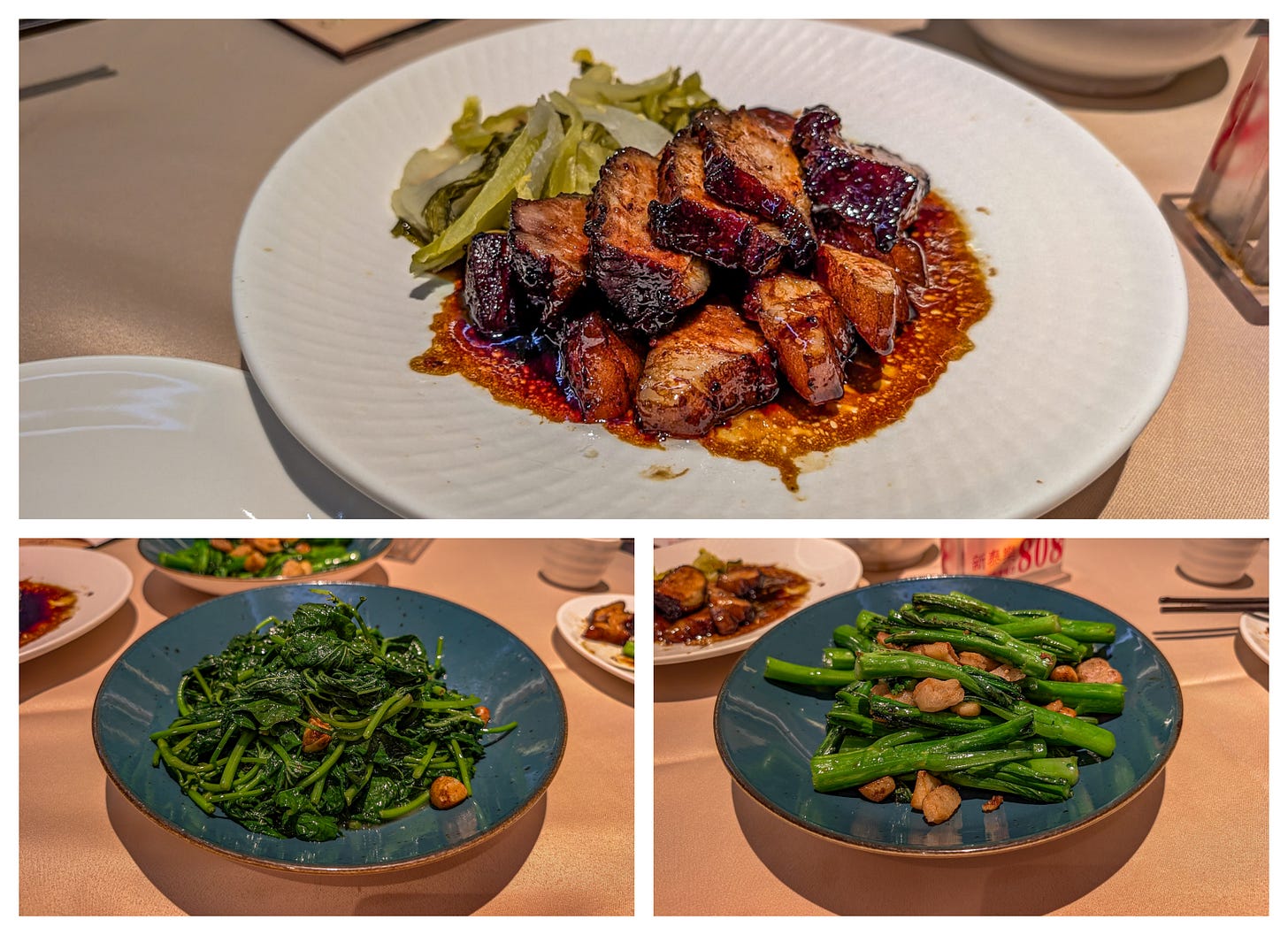
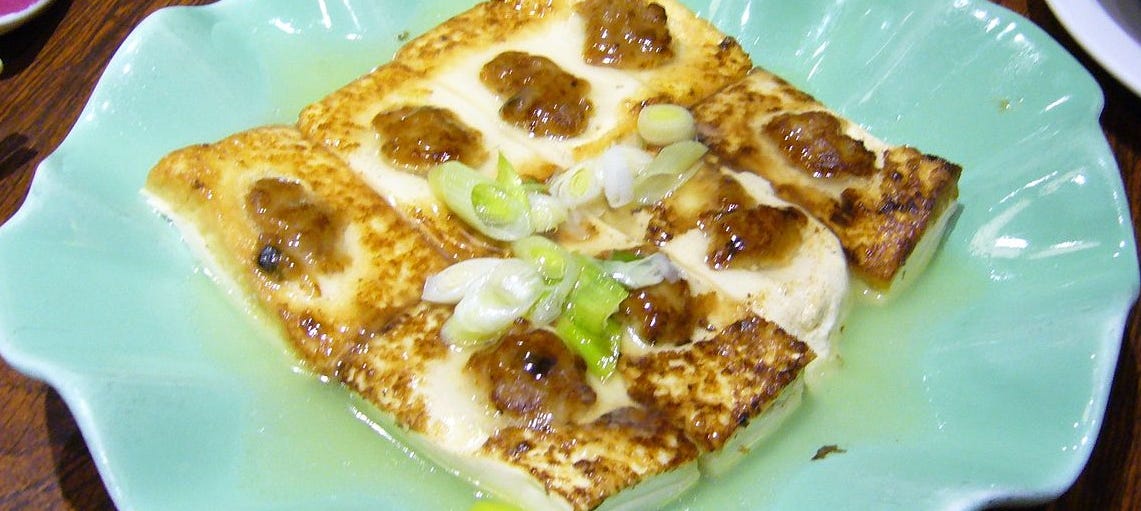
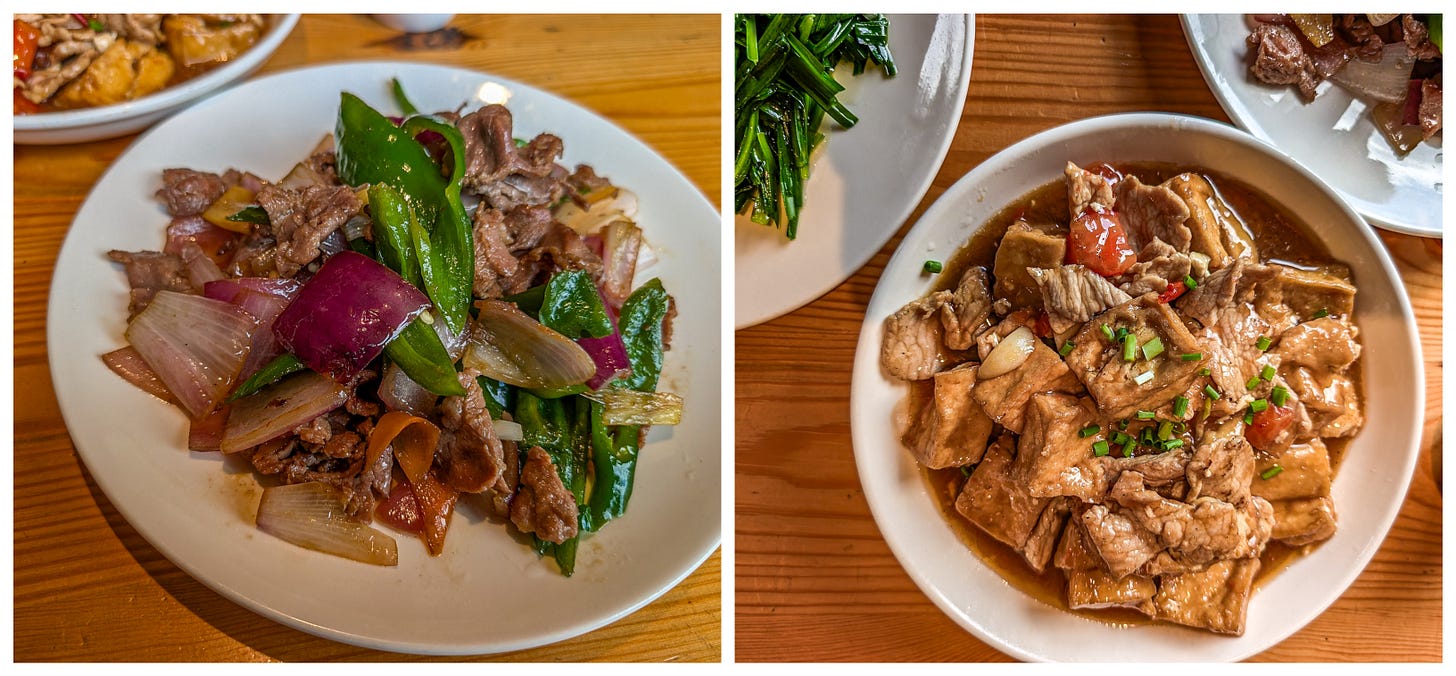
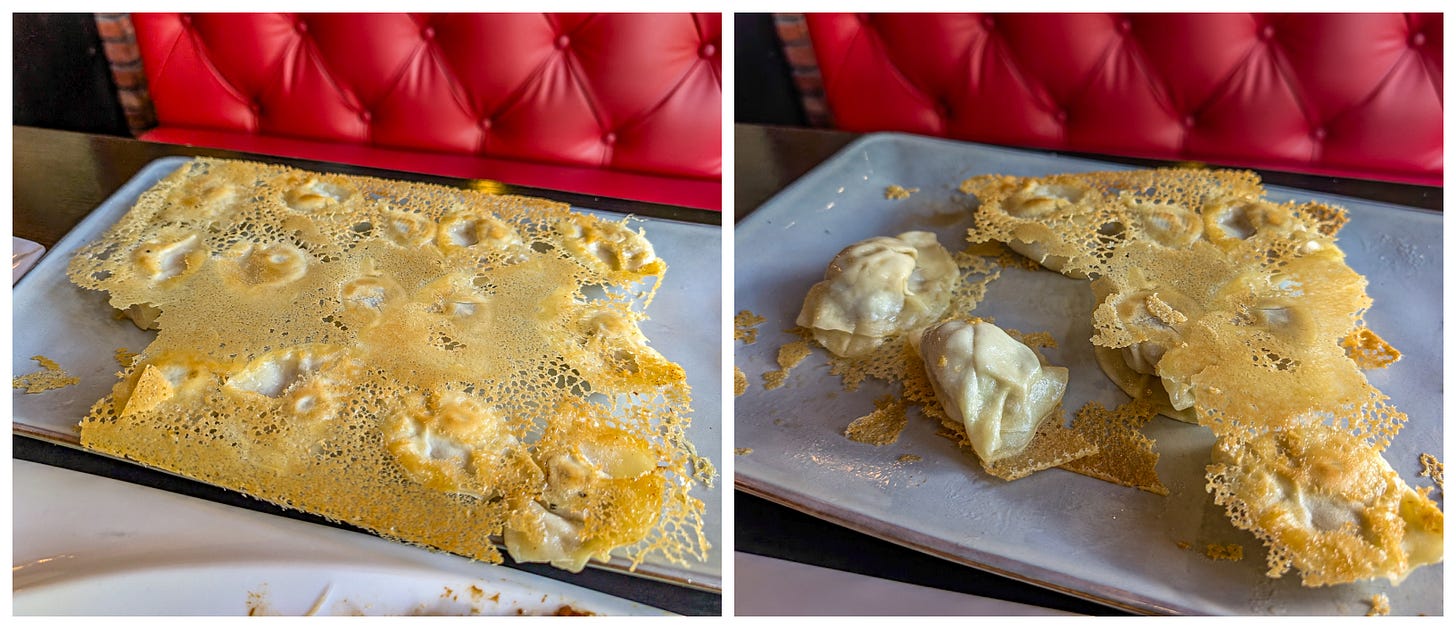
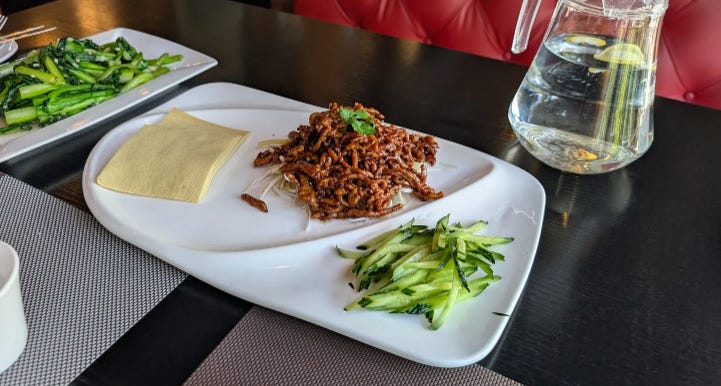
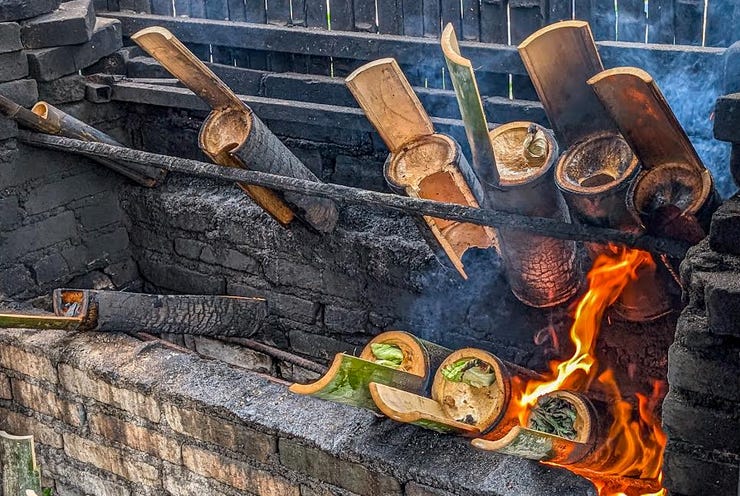
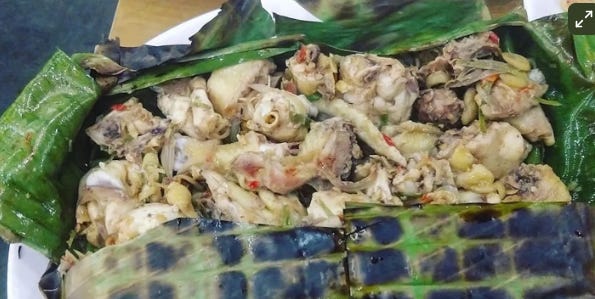
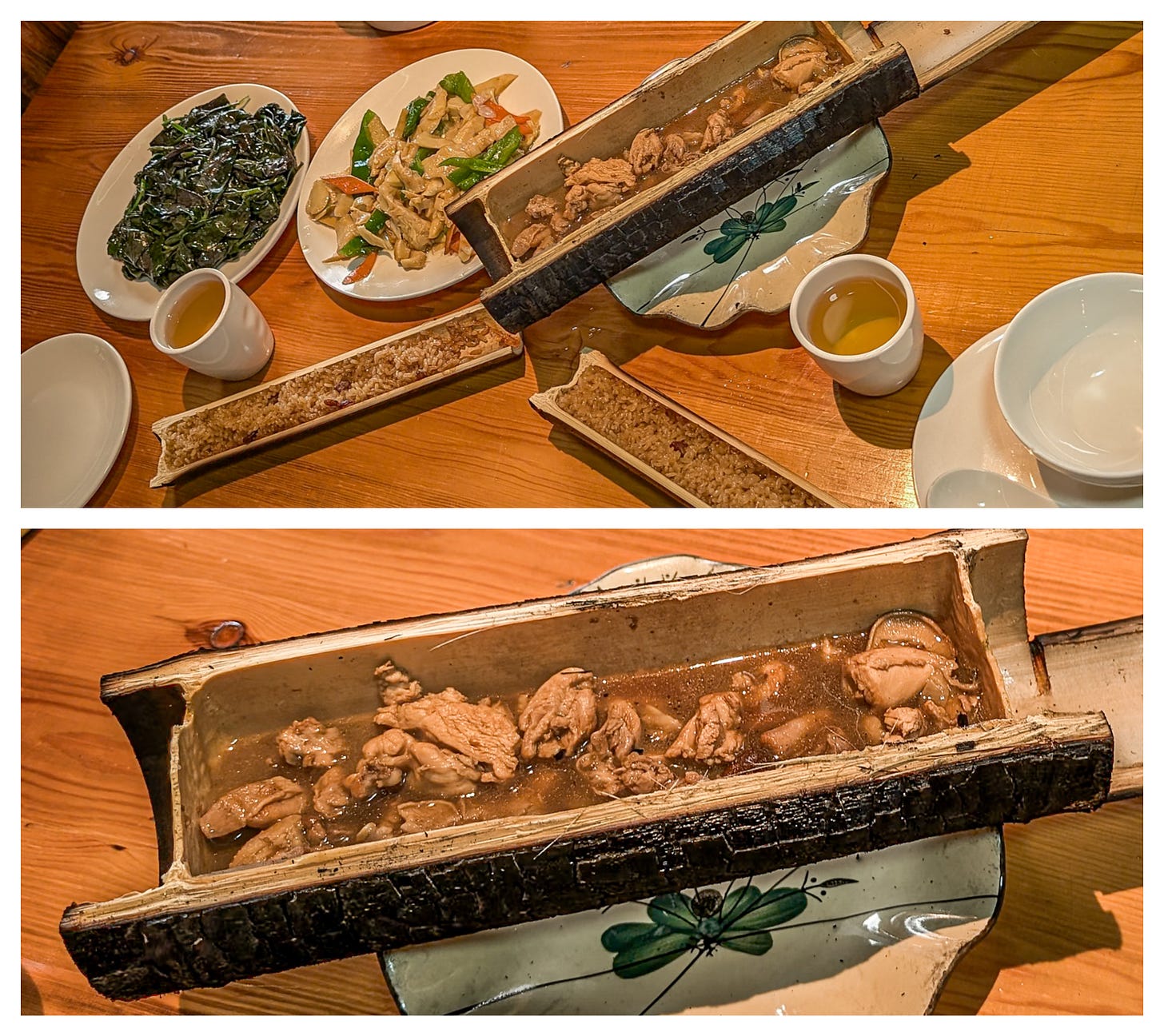
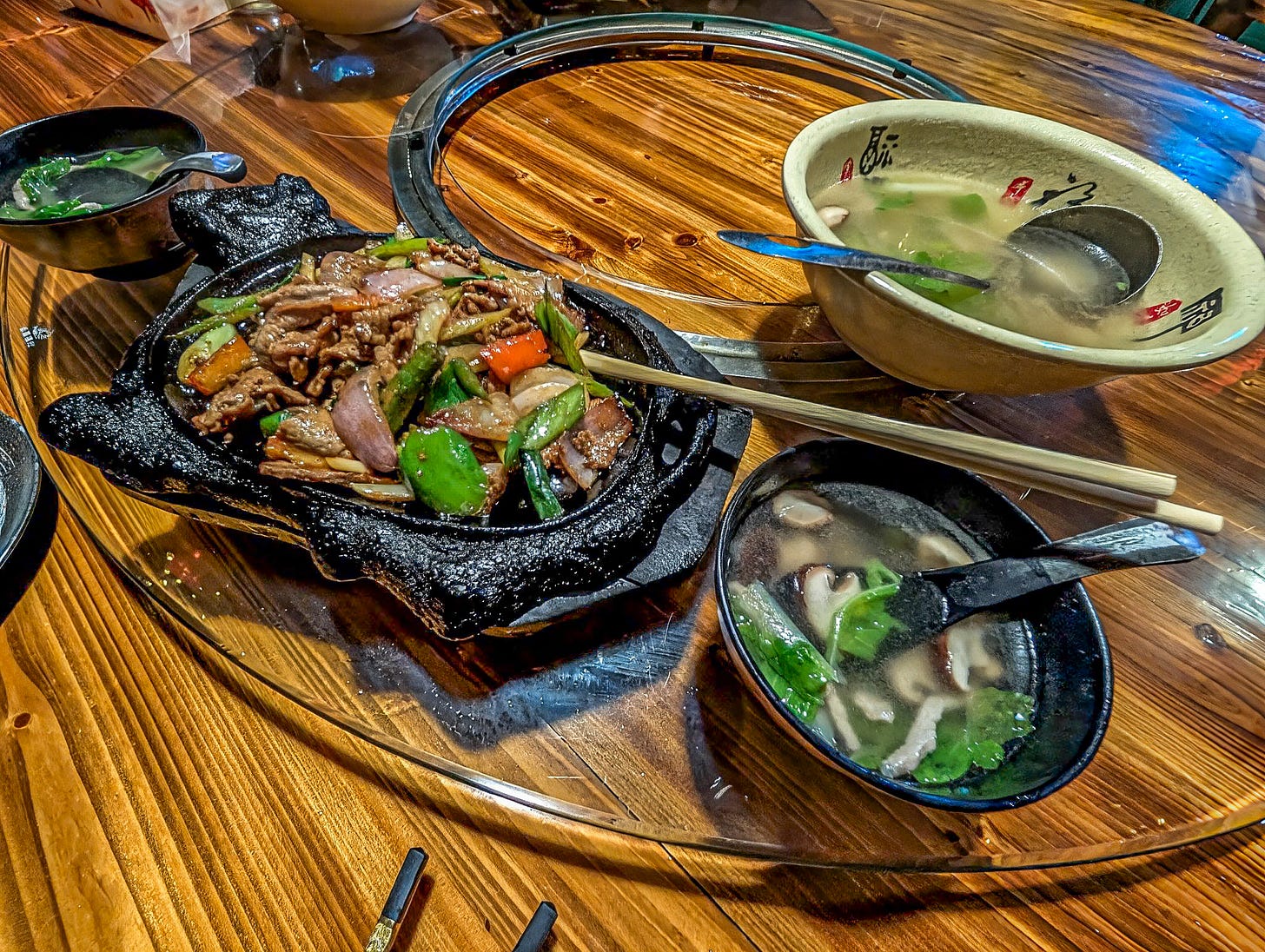
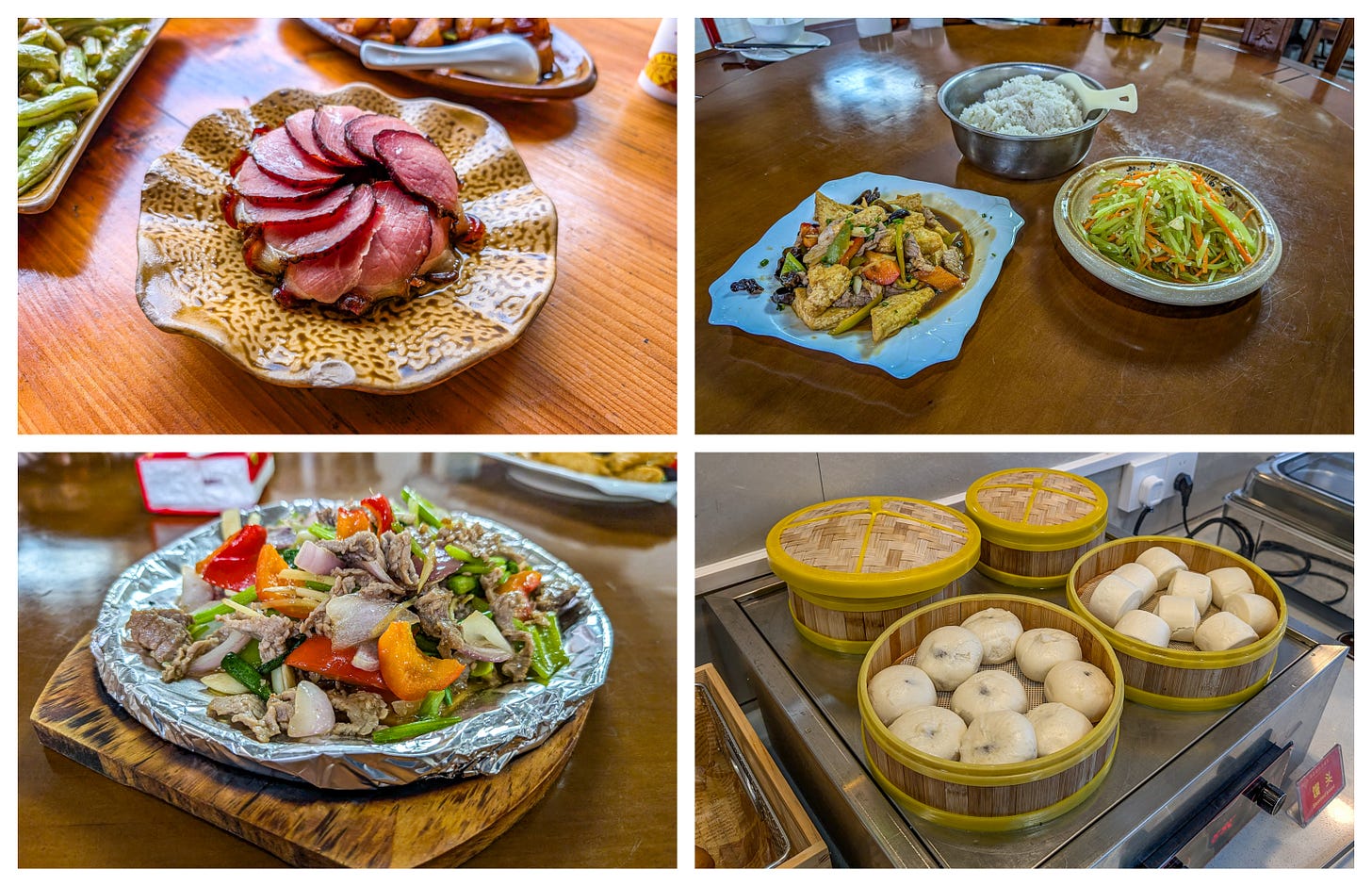


Yup, Chinese-American here of southern Chinese heritage, there’s a lot of pork in everything! Also keep in mind that in “nicer” maybe tourist-friendly restaurants, pork is considered richer and more for the wealthy and well-to-do heeled customers, especially if you don’t like to pick slivers of bones out of cleaver-chopped chicken pieces or scary bones out of whole fish pieces!
Certainly home cooked recipes use a lot of chicken and tofu, eggs, and fish— along with a lot more vegetables and simple soups, and side like pickles.
Going to a “fancy” restaurant definitely means a dish you are less likely to eat at home, so there is that too.
With diabetes and obesity on the rise on almost every continent, keep in mind that all those dishes cooked in lard or fatty meats like pork usually aren’t drained of excess fat when wok-fried, it’s all incorporated into the tasty sauces you eat over your white rice or noodles!
My cholesterol levels were high when I moved out of my mother’s house in my 20s with her traditional delicious cooking!
They came down when learning to cook in similar but healthier ways— leaner meats, draining fat, using healthier and less oil. Also eating more whole grains like brown rice (the horror to most older generations of Asians), and using fiber and protein rich beans/legumes in meals!
We live in Thailand now, and I’ve always found it hilarious that Asians tend to use beans and corn(!) in desserts! Or fresh boneless chicken breast is by far the cheapest (most unpopular) form of chicken parts sold at the supermarket!
And another laugh: my brother’s Korean in-laws in response to suggestions of o eating more brown rice: “That’s what prisoners eat.”😆
Enjoy the food, love the write ups! Nice to hear from former Seattlites too!🥰
Do you think we’ll ever be able to afford living there again?? Or…will we want to??😵💫🥺
So many great eating experiences! I love the bamboo tubes filled with rice and chicken, separately! And so much more, and great photos too (of course).